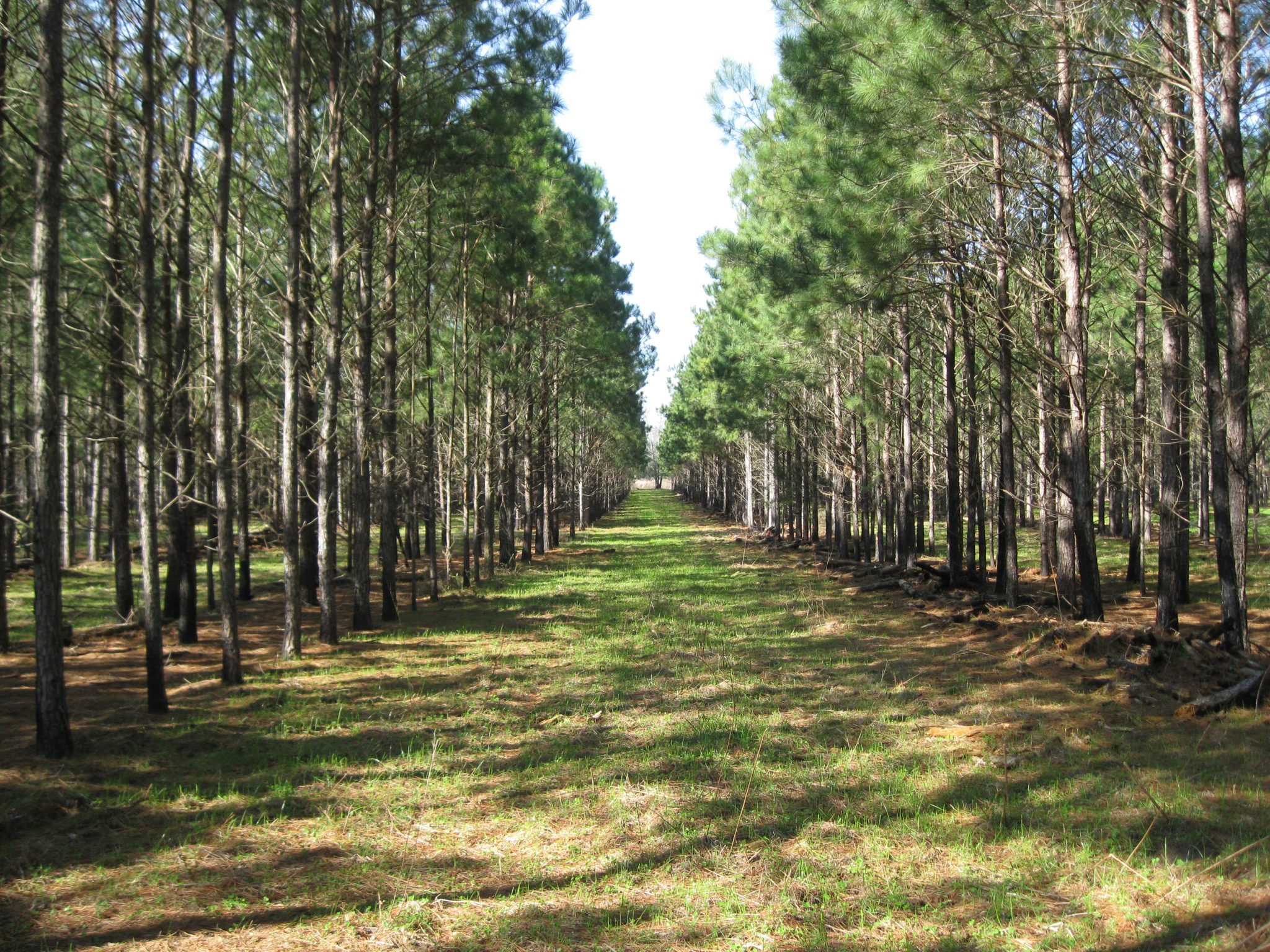Forestry

Take a minute to think about why you own land. Is it to pass on to your children and grandchildren? Outdoor recreation? Because you enjoy the beauty of nature? Is it part of your farm?
If you answered yes to one or more of these questions then your land ownership motivations are similar to most of Alabama’s small-scale private landowners—especially for those who own less than 100 acres. These landowners consistently state that their primary reason for owning land is to pass it on to their heirs, with outdoor recreation and scenic beauty often rounding out the top three. Surprisingly, timber production often is not a top priority for small-scale private landowners. Though, when surveyed, most landowners indicated they would like to generate revenue from their forestland but believe financial benefits and management options are limited.
However, there are ways to combine multiple land management objectives on the same tract to increase financial returns and ecological benefits. One way is through the application of agroforestry techniques, or the intentional combination of crops with trees. As part of a land management strategy, agroforestry practices can generate periodic revenue beyond that of traditional forest management, while keeping the land forested. Additional financial and ecological benefits—such as native forage establishment, wildlife habitat creation, forest restoration, and pine straw production—may also be achieved with proper management of these systems.
There are typically five recognized agroforestry systems:
- Alleycropping — the combination of widely spaced rows of trees with an interplanted row crop
- Silvopasture — the production of forage or grazing of livestock beneath trees
- Shelterbelts or windbreaks — designed to benefit livestock or crops by sheltering them from excessive wind
- Riparian buffer strips — designed to filter sediment and or excessive nutrient loading off of agricultural fields preventing or reducing the contamination of waterways
- Forest farming — includes the production any crop or non-timber forest product in addition to timber, such as pine straw

